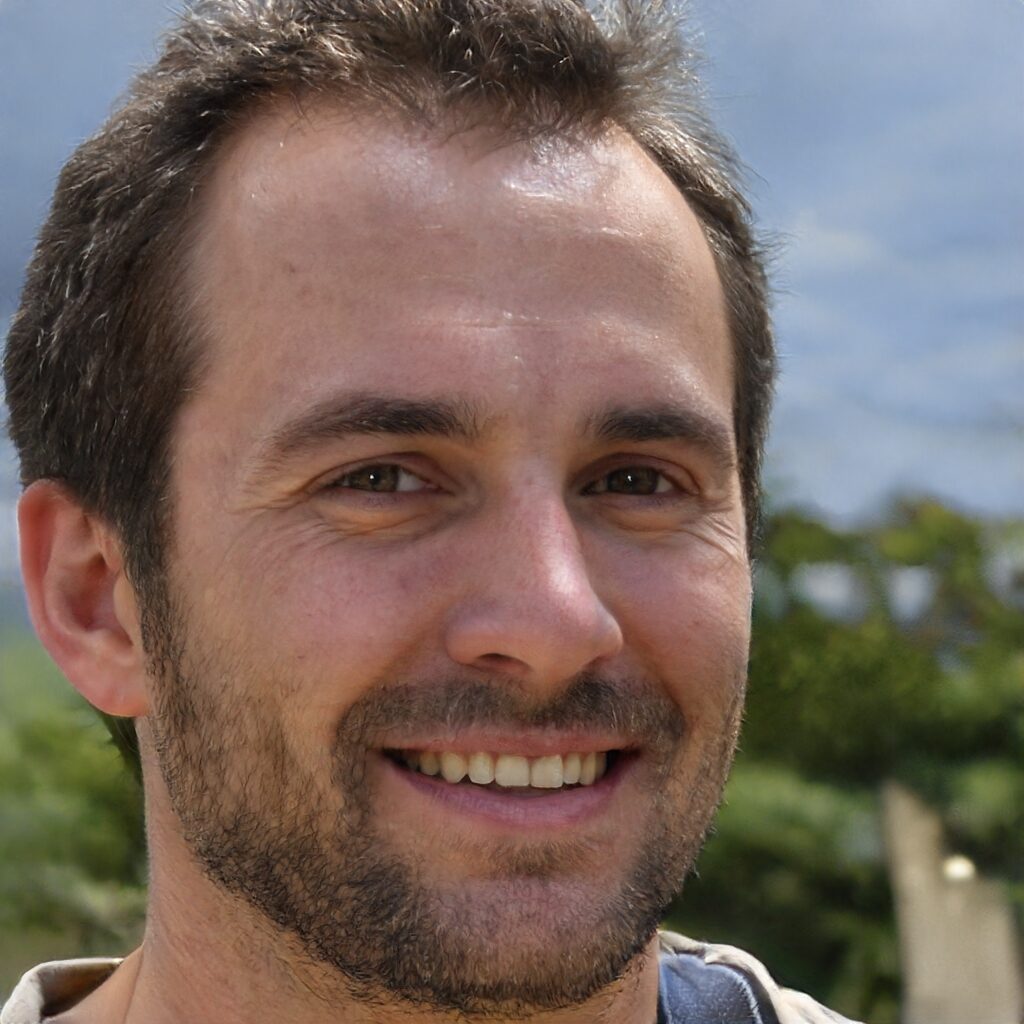Melbourne, renowned for its vibrant culture and dynamic lifestyle, is also recognised for offering advanced cosmetic procedures. Among them, follicular unit extraction (FUE) has become a preferred solution for individuals seeking to restore natural hair density with minimal invasiveness. The success of this method, however, does not rely solely on clinical expertise.
Securing the best hair transplant in Melbourne involves more than researching facilities or comparing procedural costs. Factors such as climate adaptability, personalised care, and an understanding of local environmental conditions must also be considered. The following sections offer practical guidance on preparing for an FUE procedure in Melbourne’s ever-changing climate.
Melbourne’s Climate and Its Influence on FUE Procedure
Melbourne experiences a temperate oceanic climate marked by warm summers, cool winters, and fluctuating humidity levels. These variations can affect skin sensitivity and hydration, both of which play a crucial role in healing. For example, high temperatures can increase perspiration, while winter air may cause dryness, each presenting unique challenges to scalp recovery.
It is often beneficial to schedule the procedure during milder months, such as spring or early autumn. These periods usually offer stable weather conditions with moderate temperatures, reducing external stressors on the scalp. Avoiding extreme heat waves or cold snaps can support a more predictable and comfortable healing period. Individuals are encouraged to monitor weather forecasts in the lead-up to the procedure.
Optimising Scalp Health Before the Procedure
In the weeks preceding the appointment, a focus on scalp health can create an ideal environment for successful grafting. Maintaining cleanliness and hydration and avoiding chemical-heavy hair products are essential. Using a mild, sulphate-free shampoo can help maintain the scalp’s natural balance without causing irritation.
Nutritional choices also play a supportive role. A diet rich in vitamins and minerals—such as iron, zinc, vitamin D, and biotin—contributes to the strength and vitality of existing follicles. Staying well-hydrated and avoiding substances that may interfere with blood flow, including alcohol and tobacco, is advisable.
Protecting the Scalp After the Procedure
Following treatment, the scalp enters a sensitive recovery phase that typically spans several weeks. During this time, Melbourne’s climate can introduce a variety of external factors that require careful management. Strong sun exposure, for instance, can lead to inflammation if the treated area is left unprotected. A breathable, loosely fitted hat is often recommended, but direct application of sunscreen should only be done if approved by the practitioner.
Cold and windy days, on the other hand, may dry out the scalp or cause minor irritation. Using a humidifier indoors can counteract the effects of dry air, while lukewarm water during washing can soothe the scalp without exacerbating sensitivity. Exposure to dusty environments or high wind should be avoided in the early stages, as particles carried in the air may disrupt healing.
Practical and Psychological Readiness
Being well-prepared both mentally and practically contributes greatly to overall satisfaction. Managing expectations is vital, especially as initial results take time to emerge. It is common for newly implanted strands to shed before regrowth begins, which can take several months. Recognising this as part of the natural process can prevent unnecessary concern.
Planning time away from work, reducing physical exertion, and limiting social obligations during the first few days can ease the initial recovery period. Stocking essential care items in advance—such as saline sprays, soft towels, and prescribed shampoos—can simplify daily routines and reduce stress. Open communication with the clinic during follow-up appointments allows for reassurance and timely interventions if concerns arise.
Selecting a Suitable Hair Transplant Clinic
Melbourne offers a variety of options for those seeking high-quality FUE services. Choosing a clinic with a strong reputation, transparent consultation processes, and an experienced medical team is vital. Facilities that offer detailed aftercare guidance and follow-up support provide additional peace of mind during the recovery journey.
It is advisable to assess testimonials, review before-and-after case studies, and enquire about the techniques and technologies used. The best hair transplant in Melbourne will often come from providers who understand local climatic conditions and can customise their advice accordingly. Personal comfort with the practitioner and confidence in their expertise should also play a central role in decision-making.
Undergoing an FUE procedure in Melbourne combines medical innovation with environmental awareness. By aligning personal readiness with expert guidance and factoring in the city’s unique climate, individuals can undergo this procedure with greater confidence. The journey toward hair restoration can be a fulfilling and effective experience with the correct approach and well-informed decisions.
